Nearly 800 million people across the globe will go to bed hungry tonight, most of them smallholder farmers who depend on agriculture to make a living and feed their families. Despite an explosion in the growth of urban slums over the last decade, nearly 75 percent of poor people in developing countries live in rural areas. That’s why growth in the agriculture sector has been found, on average, to be at least twice as effective in reducing poverty as growth in other sectors.
Investing in these smallholder farmers—most of whom are women—is more important than ever. A spike in world food prices in 2008 hurt economies across the world and led to destabilizing riots in over 30 countries. In order to feed a population expected to grow to 9 billion people by 2050, the world will have to double its current food production, all while with less water and land.
In 2009 at the G-8 Summit in L’Aquila, Italy, the United States rallied global leaders to refocus on addressing the root causes of global food insecurity through agricultural development and nutrition. This set the foundation for the U.S. Government’s global hunger and food security initiative, Feed the Future, which is the U.S. contribution to this global effort to combat global hunger, poverty, and malnutrition.
Feed the Future is also the primary way the U.S. Government contributes to another global effort on food security: The New Alliance for Food Security and Nutrition. Launched in 2012, the New Alliance brings partners together to unlock responsible private investment in African agriculture to benefit smallholder farmers and reduce hunger and poverty.
In line with the foundational principles of Feed the Future, the New Alliance supports country-driven approaches to development with input and collaboration from local organizations and leaders to ensure lasting results for smallholder farmers and their families.
In 2016, enactment of the Global Food Security Act solidified the U.S. Government’s continued, bipartisan commitment to reducing hunger, malnutrition and poverty around the world.
As part of these efforts, USAID is scaling up a comprehensive approach to fighting hunger and strengthening food security by:
- Leading the U.S. Government’s Feed the Future initiative in collaboration with 10 other U.S. Government agencies and departments.
- Investing in cutting-edge scientific and technological agricultural research to develop stronger seeds and greener fertilizers so farmers can grow more.
- Developing agricultural markets, expanding trade and using mobile phones to provide real-time prices, so farmers can sell what they grow at a profit.
- Helping farmers access capital, so they can expand their farms and buy equipment.
- Offering extension services, so farmers can learn the best techniques to grow and store their crops.
- Developing sustainable agriculture strategies, so countries can feed their populations without depleting their natural resources.
- Providing emergency food assistance, so vulnerable populations and malnourished can survive and quickly bounce back in times of crisis.
As a result of these efforts, we will:
- Reduce the prevalence of poverty and the prevalence of stunted children under five years of age by an average of 20 percent in the areas where we work over five years;
Learn more about our agriculture and food security efforts and progress at FeedtheFuture.gov.







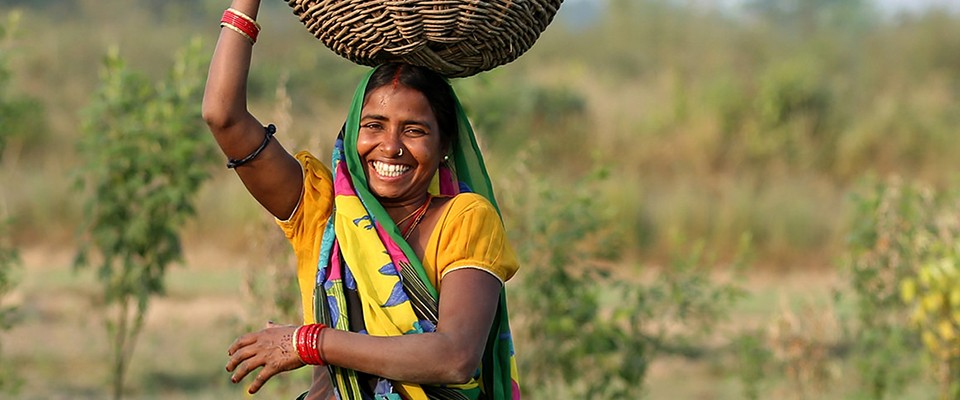

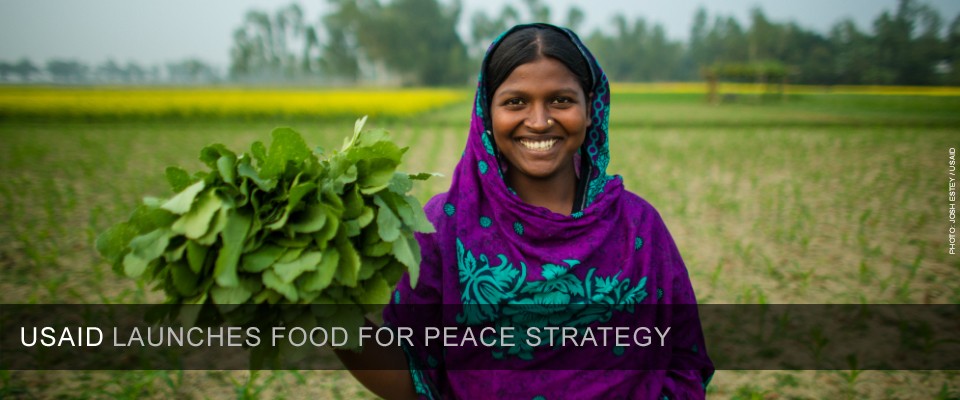
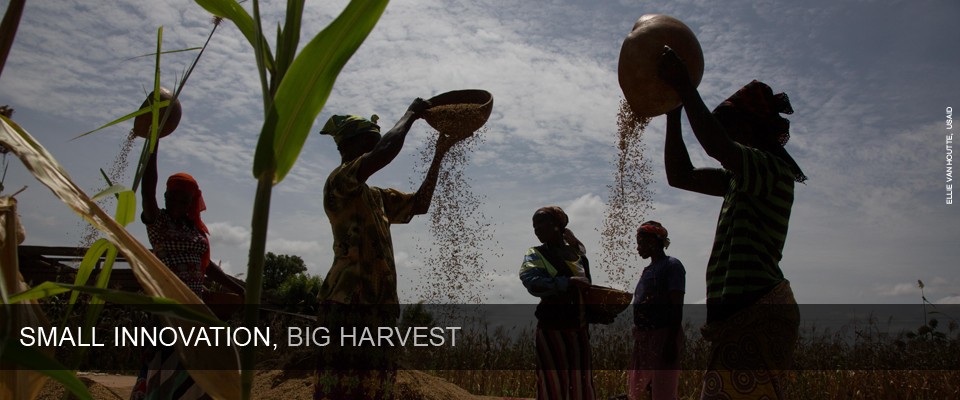

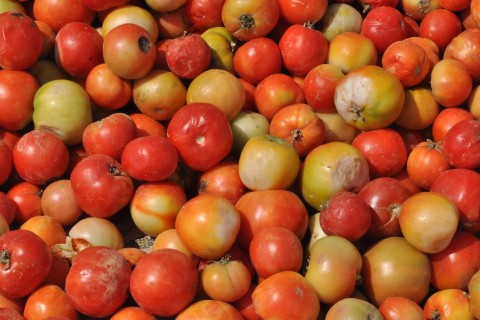
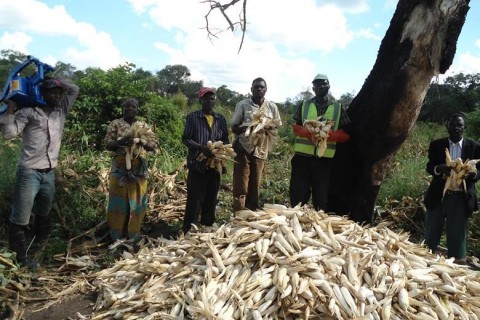
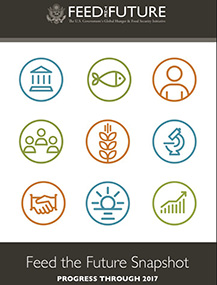


Comment
Make a general inquiry or suggest an improvement.